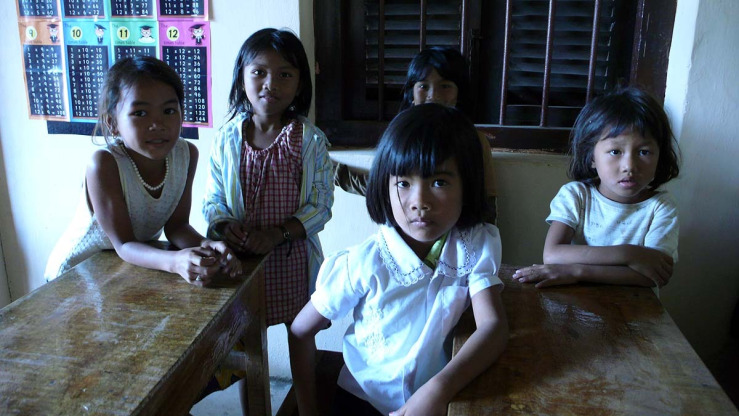Yellow Butterfly Guide
Greetings,
Evidence of intelligent life on Earth is greatly exaggerated. It's a rumor. A myth.
I recently wandered Banteay Kdei and Ta Phrom.
Kdei is great for walking through the dust. A sun yellow butterfly was my guide. It led me around the perimeter for a feeling of perspective. Being outside gives you the feeling of space acknowledging deep green forest. I do this at every temple. It's rare to see others explore the outside. Intelligence on Earth is rare.
Tourist ants are in a highly disciplined hurry. They march in, follow others, follow the stone path. They wander around, make a lot of noise, pose for pictures and march out. Their time is limited. Many look serious and sad, especially the Europeans. They are clearly controlled by forces unknown to them. It may be a silent ticking mechanism on their wrist near a pulse. They are little robots.
I remember a Tibetan saying, "I would rather be a tiger for one day than a sheep for a thousand years."
I explored outside slowly inside gentle winds from the forest. It's a very slow walking meditation. I engaged all my senses. Thick dust underfoot is a welcome relief after stones. I am surrounded by light and shadows dancing through leaves. All nature all the time.
Butterfly leads me to interior passages and shadowed experiences. Butterfly shows me mysterious art. Deep interior space. It takes ages to reach the center.
Prohm is where "possibly the most famous photographed tree on planet Earth exists." It entwines itself around and through soft stones. It's a zoo. Human hoards line up to take a photo. They push and shove and jostle so they can have their picture taken with this tree.
Italian, French and German tongues wag like mongrels in heat. Life is a bitch. The Japanese, as I mentioned in an earlier post from The Silk Worm Farm are total photo freaks, obsessed with posing in doorways, passages, with carvings, plants, ferns and leaves. They feel the experience with their cameras. They behave like the temples are one gigantic amusement park.

Here's the tree. No humans. Actually there is a tiny tourist sleeping inside the third root from the center.

Banteay Kdei and Ta Phrom galleries.
Metta.






 Share Article
Share Article 









